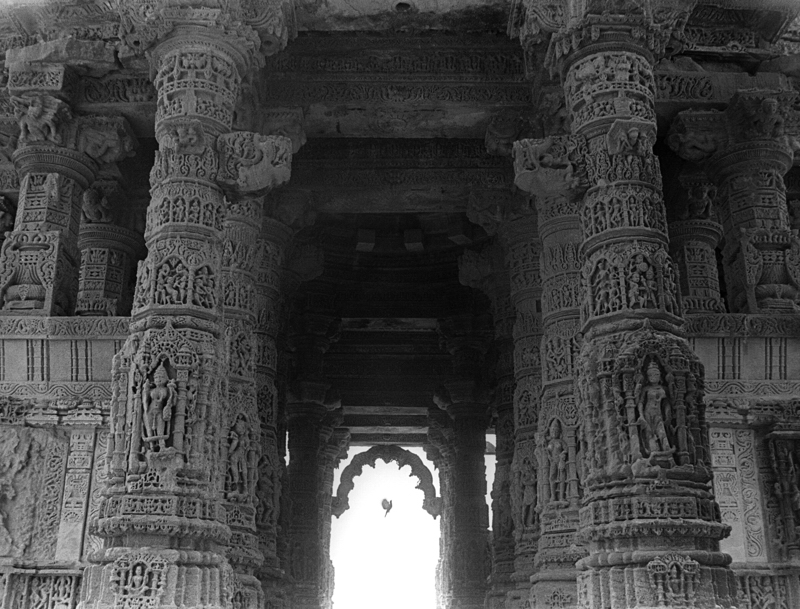A Journey to the East
Preface to the catalogue of my first exhibition at The Photographers’ Gallery, Oslo, 1979
India has been called "The Home of Eternal Truth" and in the journeys which photographer Arne Walderhaug has taken to the East he has observed and photographed some of these truths.But not the truths we recognize from newspaper headlines and UN-reports, not the poverty and beggar’s India, not the homeland of hunger. The images from the journey tell something of the wealth of India, but about a wealth on a level other than the material.
The assumption, that one realises in our time such a troublesome thought, that religion in its deepest sense is not an opiate for the people, but it is cultures’ contribution to the journey towards wholeness and sincerity for each person. A journey inwards to the unknown lands and regions of consciousness, which acquaint one with the closed mystery. The not unfriendly, not incorruptible, but a world that opens itself through our dreams, through our myths, legends and adventures, which manifest themselves in a part of our literature, art and music.
Such are these photographs. Just look at the woman with the shroud and forget everything you know about women suppression and such for a while, look at the woman enveloped in her white shroud until she becomes an image of hidden femininity and obvious mystery.
You may find her again in the adventures about the boy who travels on a pilgrimage through ordeals in order to find the eternally loved bride and companion. But until she is found she is the hidden femininity, frightening, captivating and dangerous.
She reappears as the fair woman who shows the way through the dark alleys, and she walks on the left side, on unknown paths like Dante’s Beatrice, where the other darkly dressed women walk on the right side.
The oldest journey on the inner level, which we here in the north are acquainted with, is Olav Åsteson’s dream voyage to the bottomless sea and the deep valleys, which only the fearless of heart can know. A dog guards the entrance to these places. Such dogs can be found in both Greek and Nordic Mythology. In Nordic Mythology, in "Draumkvedet", there can be found such a dangerous dog on "Gjallarbridge".
The dog in Arne Walderhaug’s photograph is being cared for by two children. Children can be companions in the mythical sense and in dreams they appear as guides and as the ones which tame the wild and the dangerous.
In one of the oldest poems of wisdom that we know exist, Rig-Veda (passed down from Sanskrit 3000 years before our calendar), it is said about the companion:
He who forsakes a companion in knowledge
Has no way left open of sharing the Word
Indeed, whatever he hears, he hears in vain;
He knows nothing of the path of right action.
If these images could speak – and they can – they would speak to us about an openness towards a landscape only few know, an inner reality, which can hardly be described.
Some photographers are able to raise the camera and capture the image in the instant the outer reality harmonizes with their inner intuition.
Images, which ascend from our dreams and possess the dream’s secret language and symbols, images, which take us inwards and enlighten the now so darkened landscape with cognition and awareness.
Gro Jarto (translated from the Norwegian by Jamie Parslow)


